The Duchal estate: A Georgian mansion and 450 enchanting acres a few miles from Glasgow
This fantastic house in a vast stretch of land comes with a dizzying list of extras - including sporting and fishing rights.
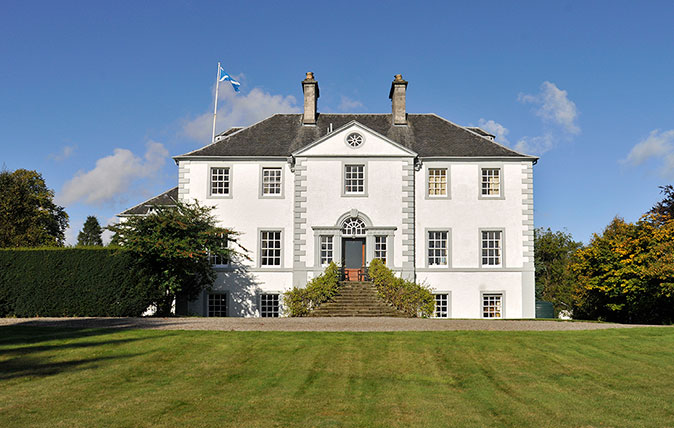

Just launched onto the market – for the first time in more than 100 years – is the enchanting, 450-acre Duchal estate near Kilmacolm, in the picturesque Gryfe Valley.
Handling the sale is the Edinburgh office of Knight Frank, who want ‘offers over £3.08m’ for the whole estate. They’re willing to split it up, however, and are separately soliciting ‘offers over £1.8m’ for lot 1, which consists of the A-listed Georgian Duchal House with 199 acres of walled and landscaped gardens, 105 acres of wooded parkland, six grazing paddocks, various farm buildings, two estate cottages, a gate lodge and a range of sporting facilities, including stalking, shooting and 2.2 miles of trout fishing on the River Gryfe and Green Water. And all just 20 miles west of Glasgow city centre, and 10 miles from the airport.
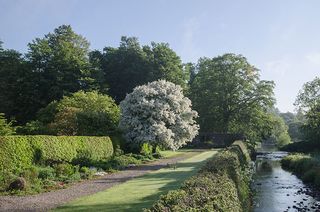
Duchal dates from the 13th century, when it was held by the de l’Isle, later Lyle family, who built Duchal Castle as a stronghold at the confluence of the Black Water and Green Water rivers.
The family line died out in 1556, by which time, the castle and most of its land had been sold to the Porterfield family. They occupied the fortress until the 18th century, when they decided to build a more comfortable home and, in 1768, constructed Duchal House on a nearby site overlooking the Green Water.
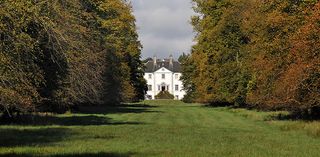
In 1915, Joseph Paton Maclay – the 1st Lord Maclay – bought the Duchal estate, much to the delight of his family. His grandson, the present Lord Maclay, explains: ‘My grandfather was a self-made man who started work at the age of 15 and ended up forming his own shipping company, which, by 1896, consisted of a large fleet of 33 tramp ships.
‘When, in 1917, Germany resorted to unrestricted submarine warfare in a bid to starve Britain into submission, Lloyd George set up a new Ministry of Shipping to take control of Britain’s merchant fleet under Lord Maclay. One of his achievements was to introduce the convoy system, which led to the failure of the German strategy.’
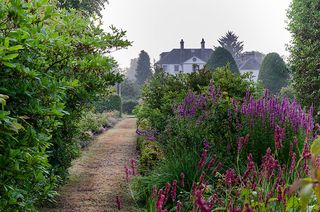
Lord Maclay went on to describe the house itself in more detail.
Sign up for the Country Life Newsletter
Exquisite houses, the beauty of Nature, and how to get the most from your life, straight to your inbox.
‘Duchal House has been a wonderful family home in which three generations of the family have brought up their children,’ he says.
‘It has remained in its original state, other than in 1911, when a top storey was added to the wing and both parts of the house were joined up. The house is only one room wide and so has light streaming in from every quarter. It may appear to be a large house, but is, in fact, very self-contained and gives no impression inside of being enormous.
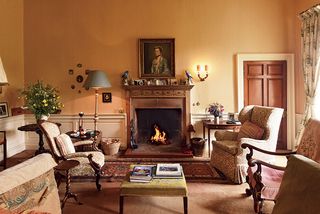
‘One of the most beautiful rooms in the house is the dining room, with its hand-blocked geranium-pattern wallpaper first issued by William Woollams & Co in 1851. The drawing room is an equally elegant room, with its high ceilings, beautiful proportions and views over the surrounding countryside.
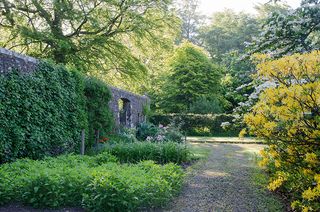
‘Finally, the five-acre, 18th-century walled garden, which was created in 1768 at the same time as the house, is approached via a footbridge over the River Green Water. For me, it’s a garden for all seasons, although, in the early days, somebody described it as “glorious dishevilment in a formal setting”.
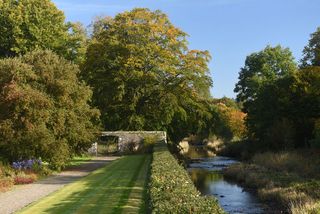
‘I was never quite sure whether to take this as a criticism or a compliment, but, over time, it’s moved on and is now a good mix of formality and informality, although I may perhaps be biased.’
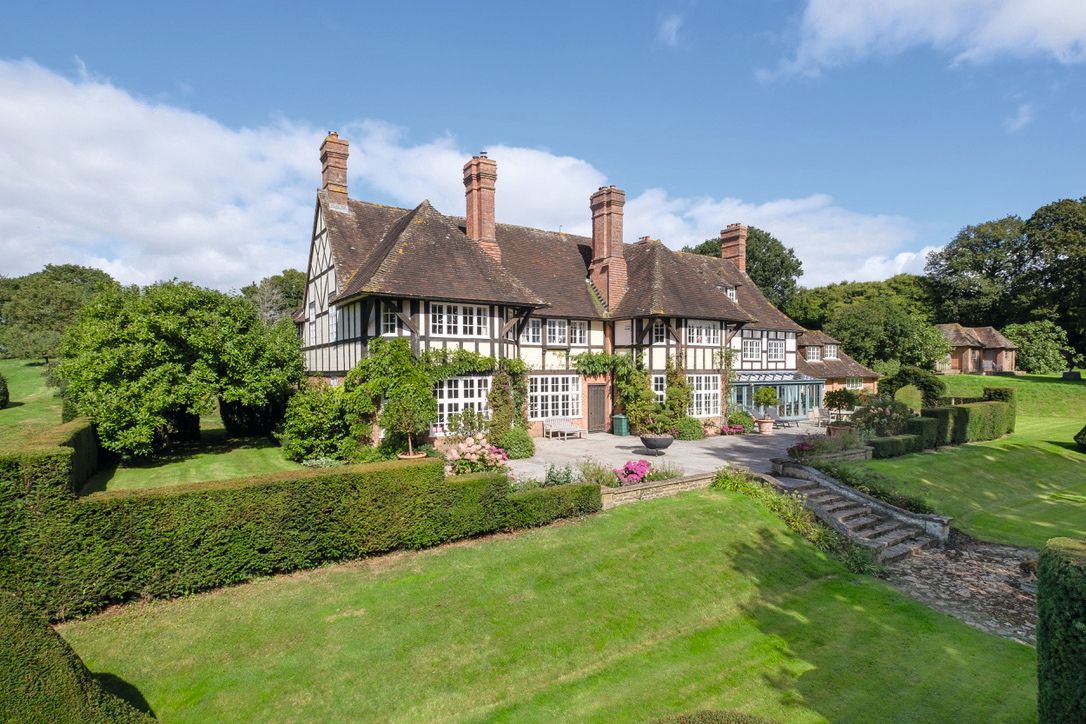
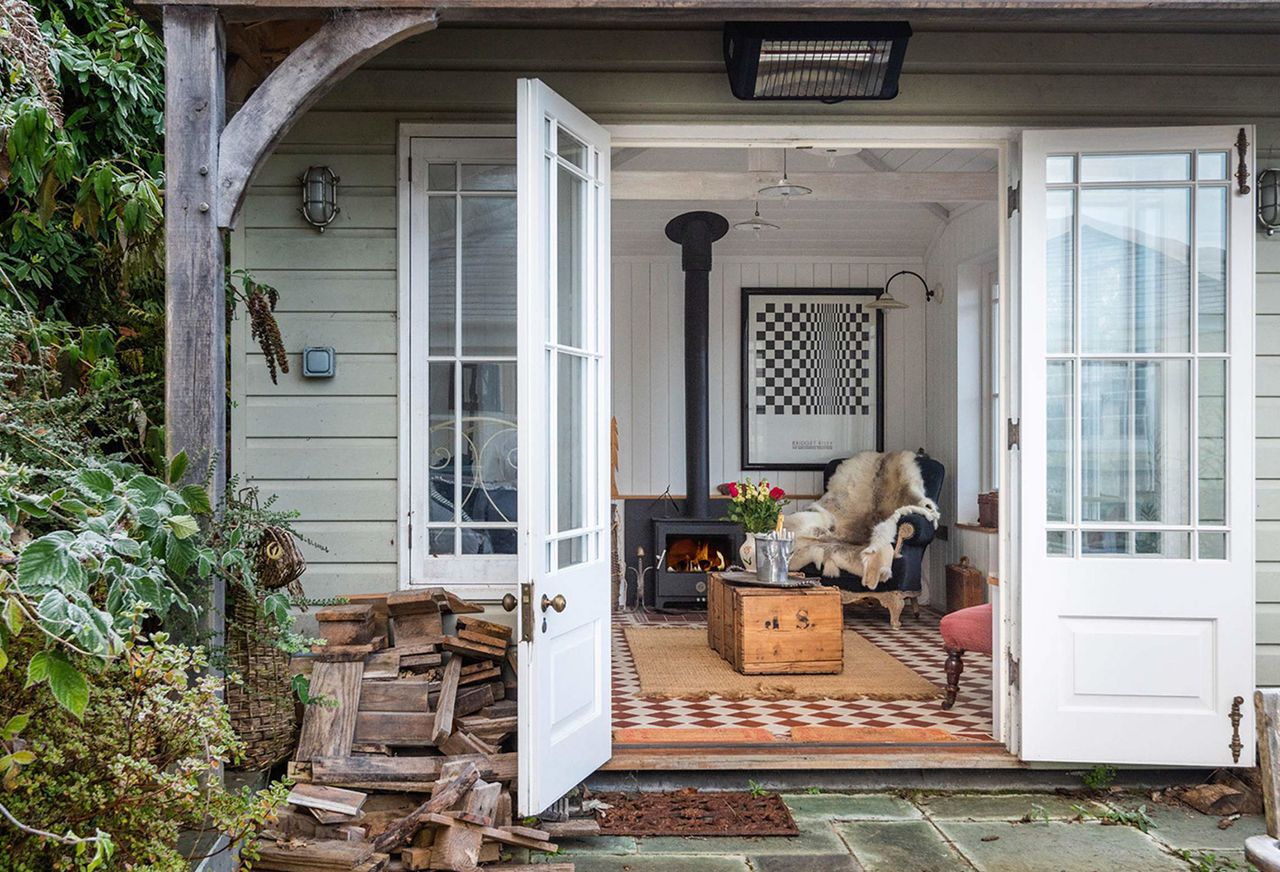

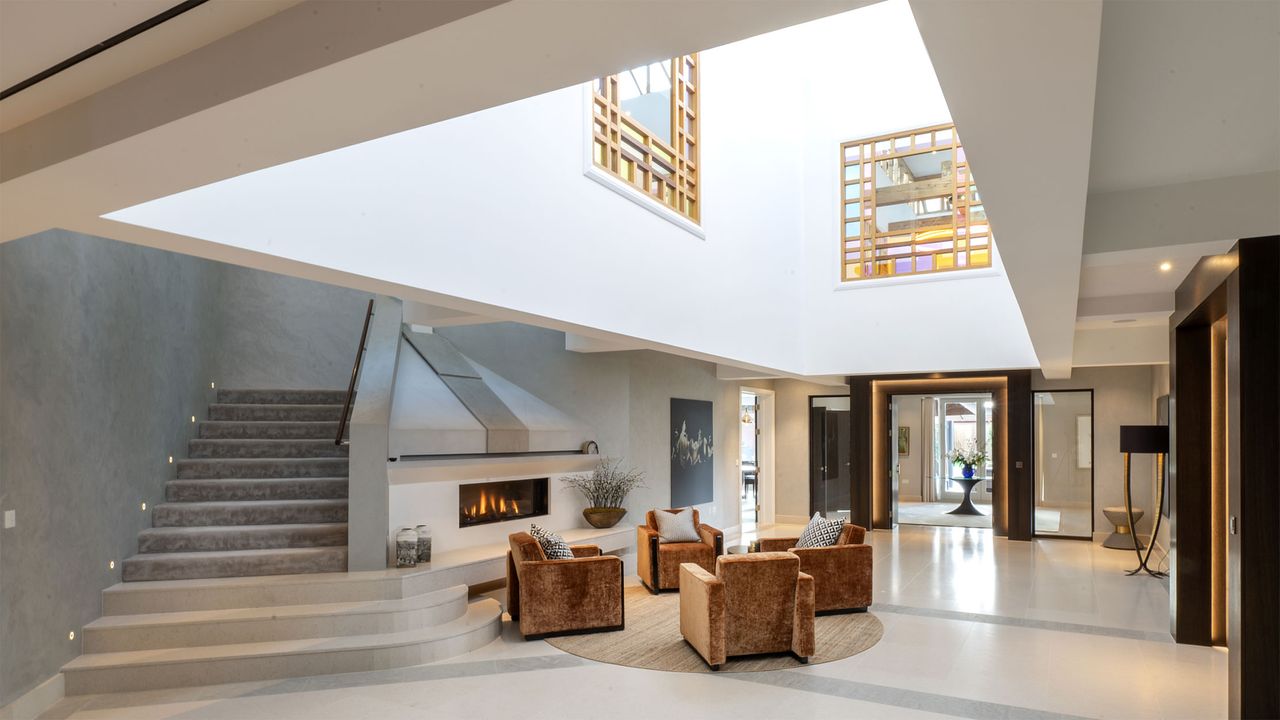
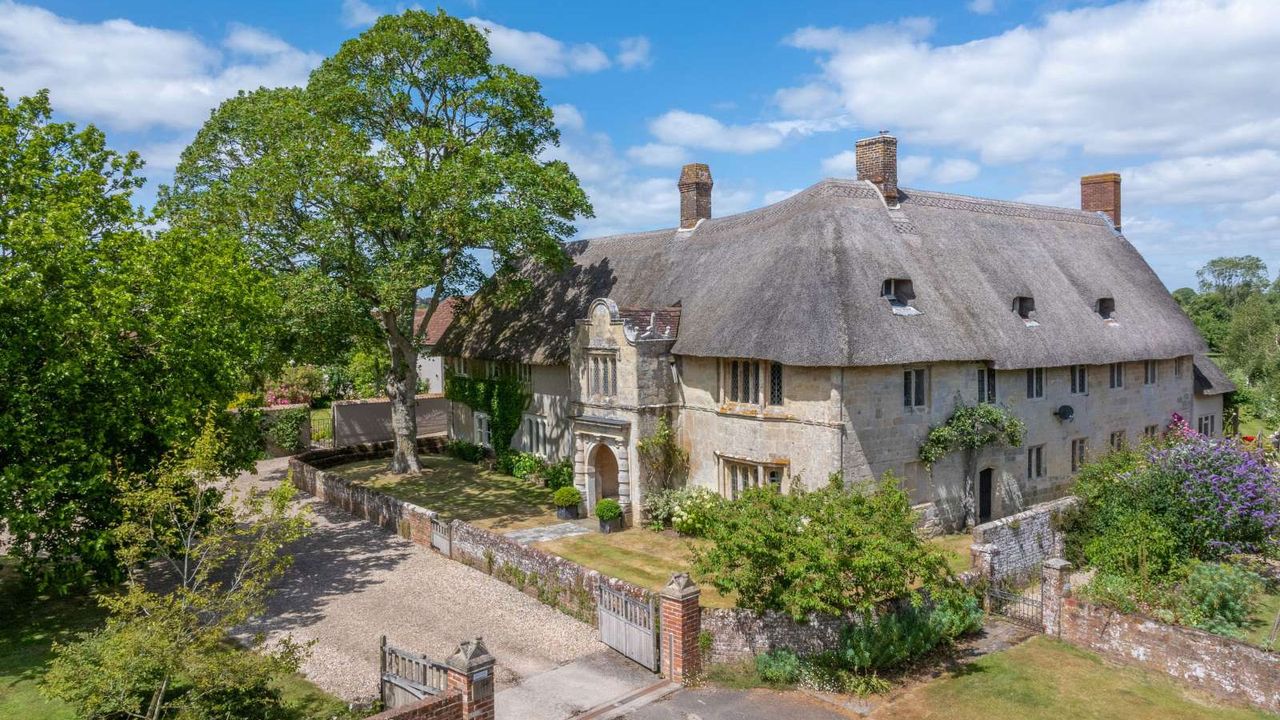
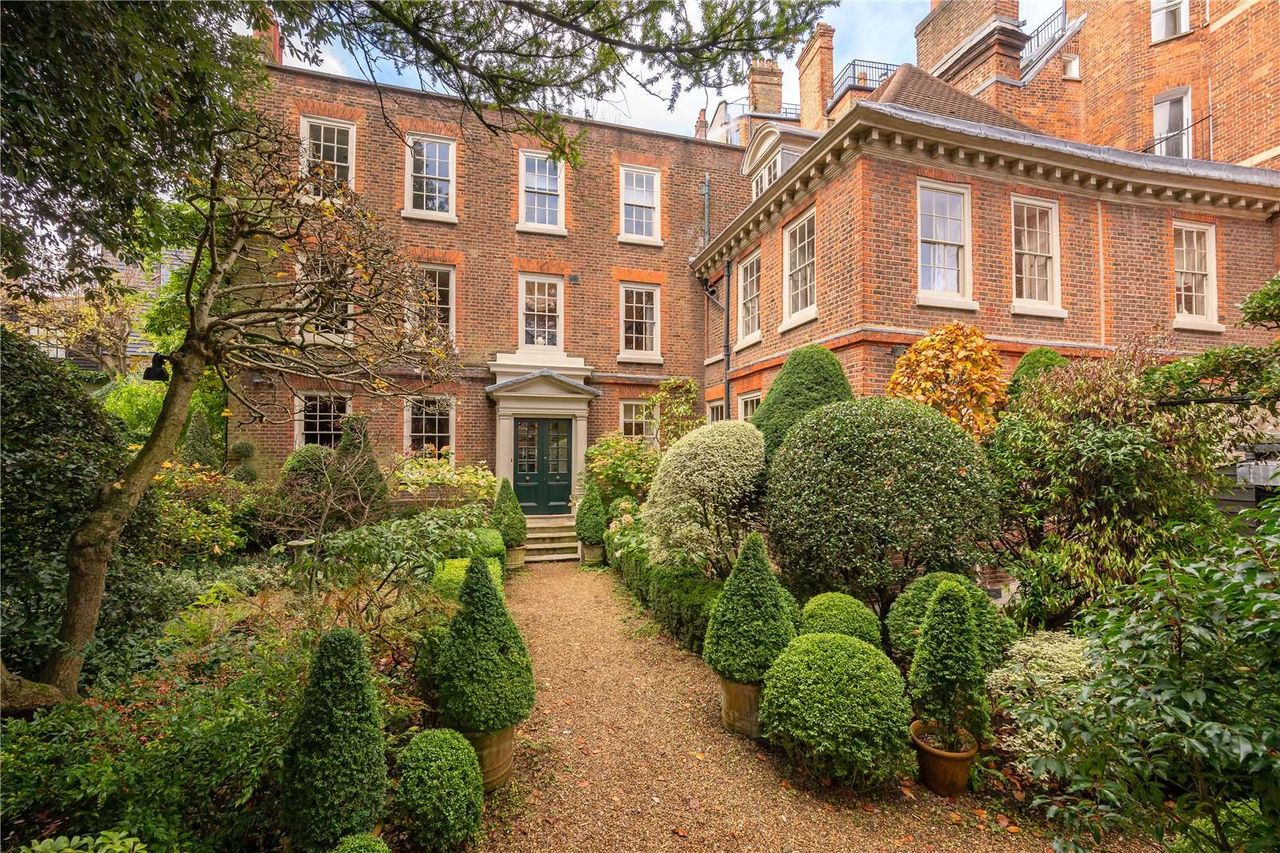

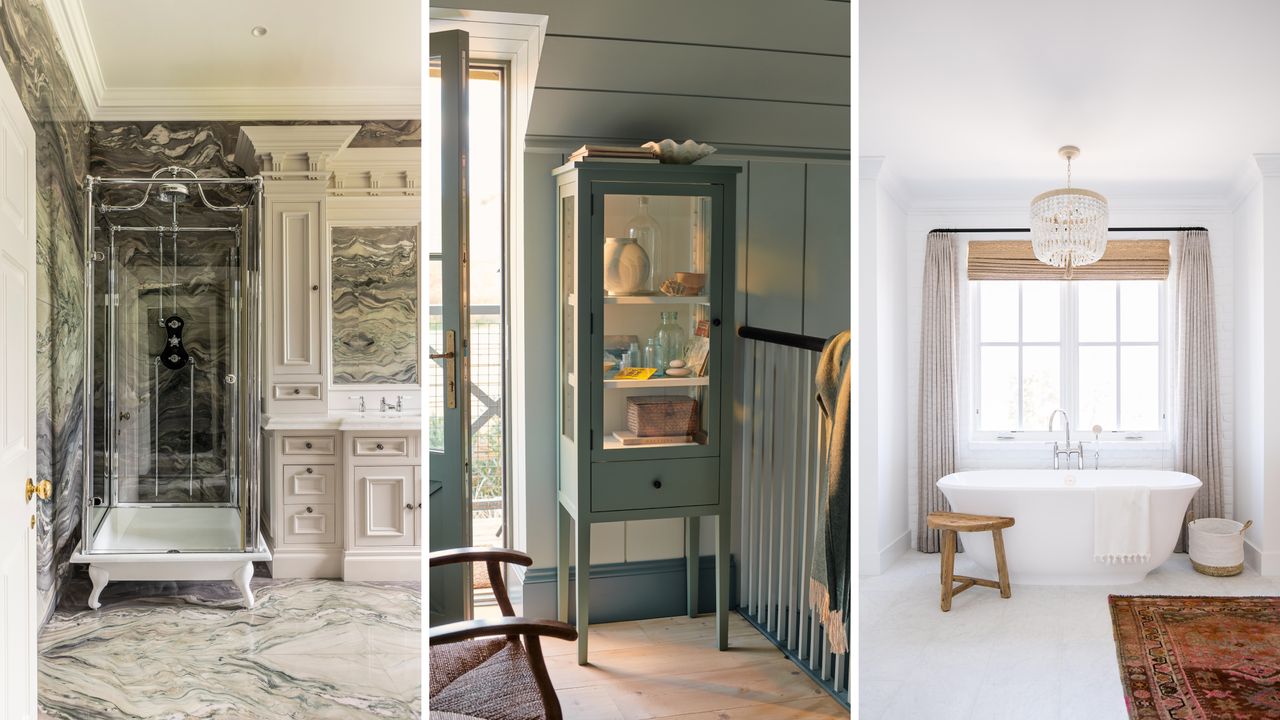

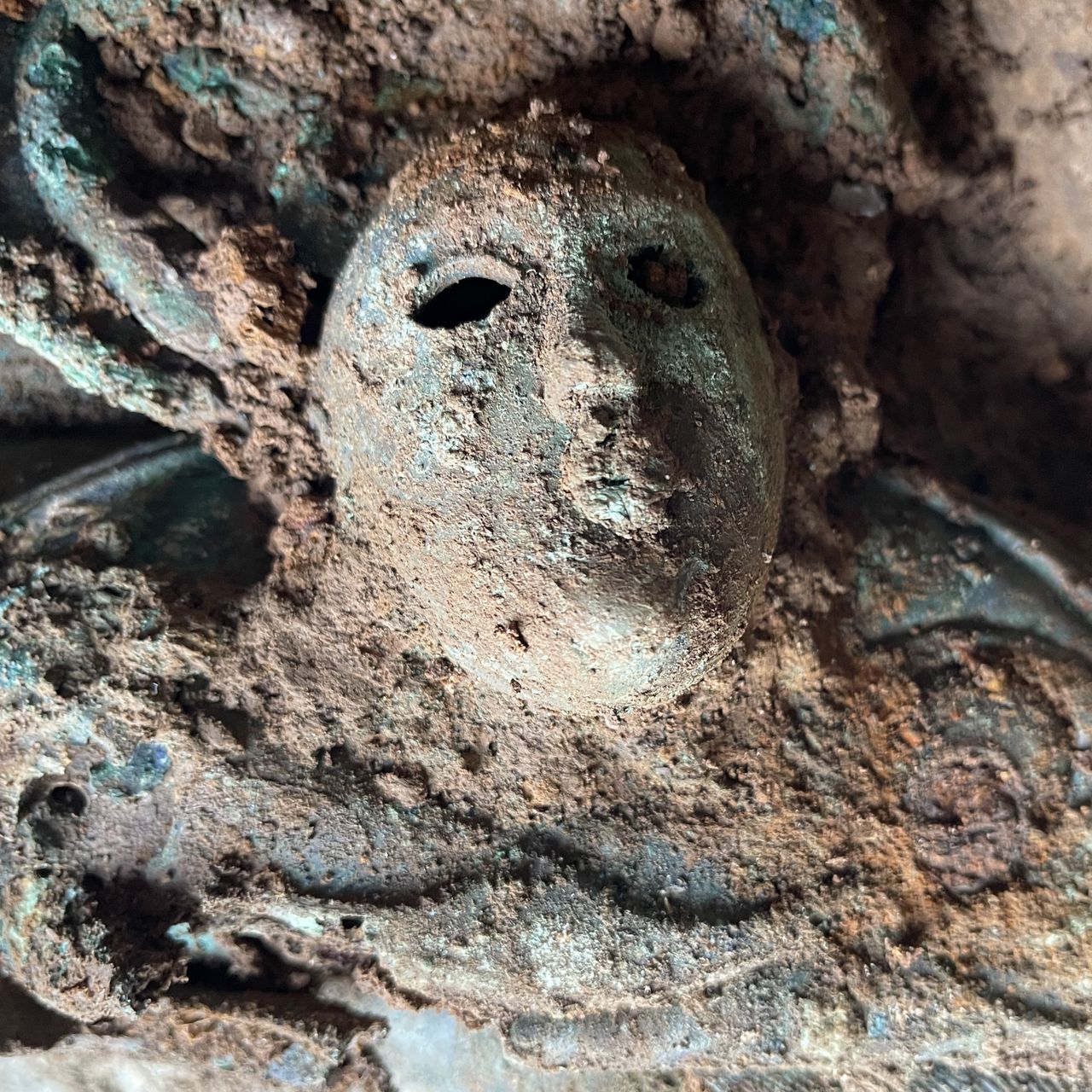
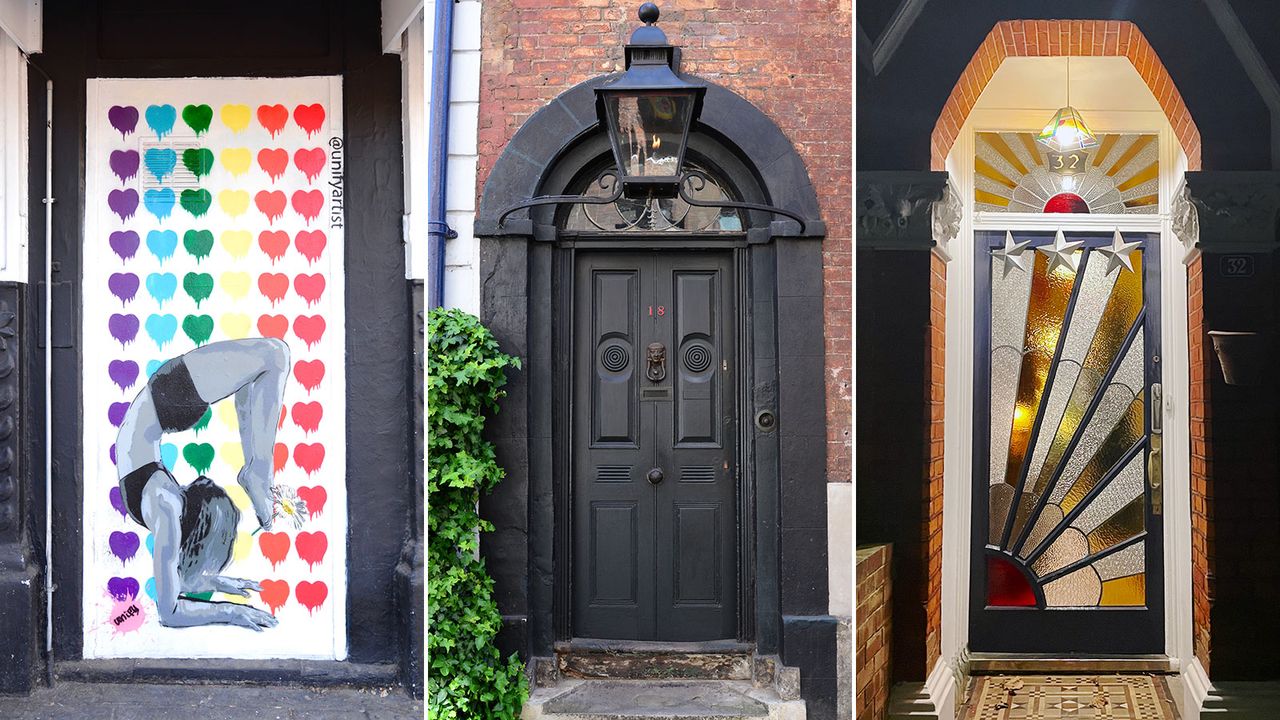

-
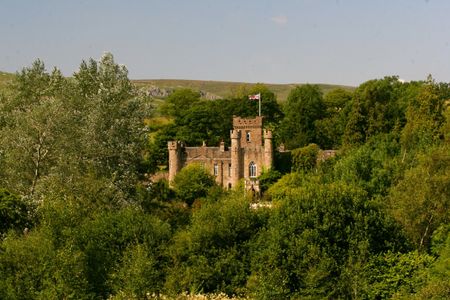 A fairytale castle peeking above the treetops of Cumbria is for sale at just £2 million
A fairytale castle peeking above the treetops of Cumbria is for sale at just £2 millionAugill Castle has a wonderful backstory and a lifestyle business attached. .Annunciata Elwes tells more.
By Annunciata Elwes Published
-
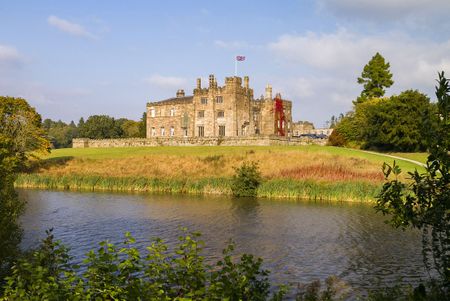 A £21 million castle that's come up for sale for the first time in 700 years
A £21 million castle that's come up for sale for the first time in 700 yearsRipley Castle in North Yorkshire has been the family home of the Ingilbys since the early 1300s. It's steeped in history, has a list of famous visitors over the centuries that include James I and Oliver Cromwell, and is now on the open market. Annabel Dixon takes a look.
By Annabel Dixon Published
-
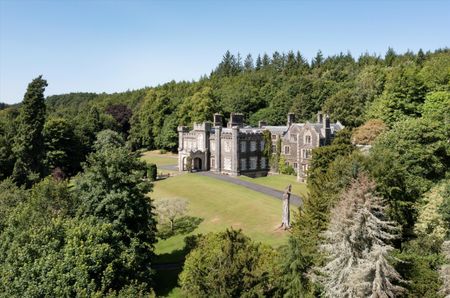 Spectacular Scottish castles and estates for sale, starting from under £700k
Spectacular Scottish castles and estates for sale, starting from under £700kA look at the finest castles, country houses and estates for sale in Scotland today.
By Country Life Published
-
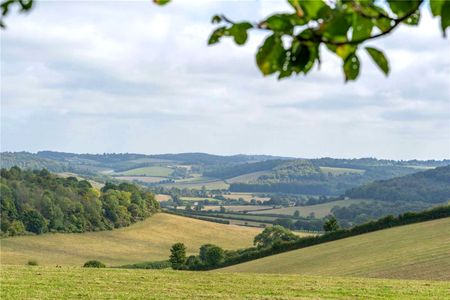 A true once-in-a-lifetime chance as 554 acres of blissful English countryside come up for sale in a location just 45 miles from central London
A true once-in-a-lifetime chance as 554 acres of blissful English countryside come up for sale in a location just 45 miles from central LondonPenny Churchill looks at the Southend Estate, where hundreds of acres of space are on the market just a stone's throw from the capital.
By Penny Churchill Published
-
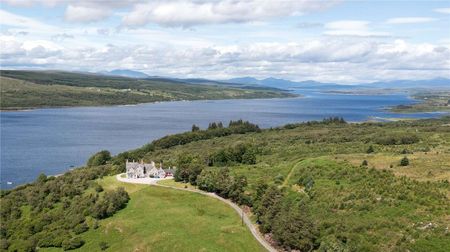 The Scottish house of your dreams has come up for sale beside a loch in the heart of the Highlands
The Scottish house of your dreams has come up for sale beside a loch in the heart of the HighlandsLairg Lodge is a glorious Highland retreat in a spectacular location. Penny Churchill takes a look.
By Penny Churchill Published
-
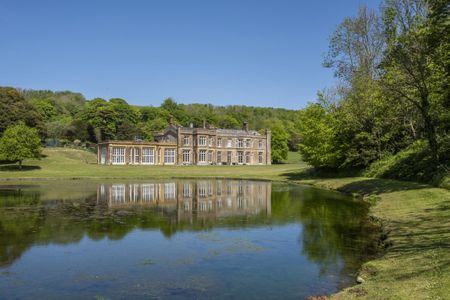 The £30 million Dorset estate that comes with a 200-year-old mansion, a cricket ground, a nature reserve and an entire village
The £30 million Dorset estate that comes with a 200-year-old mansion, a cricket ground, a nature reserve and an entire villageThe Bridehead Estate in Dorset has come up for sale — and it's quite an astonishing opportunity. Penny Churchill takes a look.
By Penny Churchill Published
-
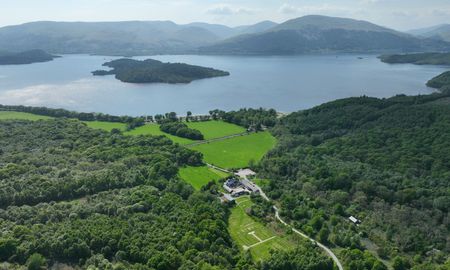 3,000 pristine acres of Loch Lomond National Park, where red squirrels roam spectacular woodland, have come up for sale
3,000 pristine acres of Loch Lomond National Park, where red squirrels roam spectacular woodland, have come up for saleThe magnificent Cashel Estate has come to the market, a true Scottish paradise.
By Toby Keel Published
-
 'One of Britain's greatest estates', complete with castle, river and 711 acres, is up for sale for the first time in a generation
'One of Britain's greatest estates', complete with castle, river and 711 acres, is up for sale for the first time in a generationCorby Castle in Cumbria is a true rarity: a Grade I-listed masterpiece that is on the market for the first time in a generation. Penny Churchill takes a look.
By Penny Churchill Published

